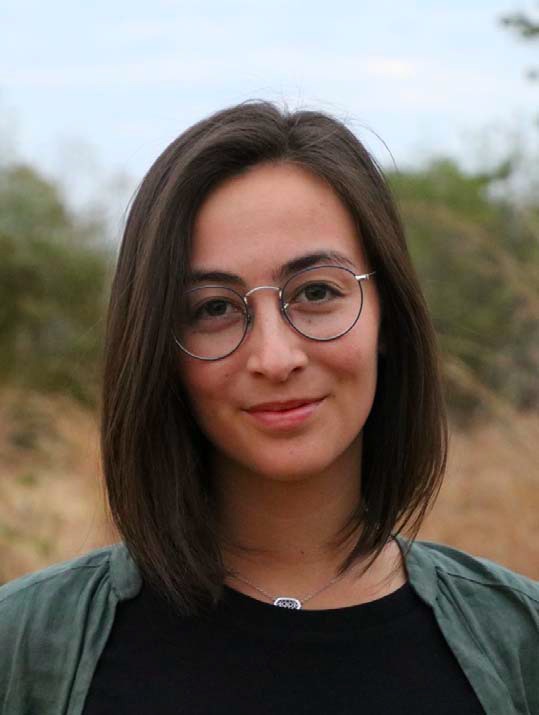Elinor Stokes tells Melanie Butler about life in a digital ELT family
You grew up in a TEFLing family, your father, Andrew, is a former teacher and a pioneer of Computer Assisted Language Learning. How much were you aware of ELT as a child?
Clarity English was, and is, very much a family business. Mum handled the accounts and my sister and I were involved in various tasks growing up; sticking stamps on mailshots, shredding old papers, recording sound clips for the programs.
I vividly remember my very first sales presentation at the age of seven, playing Mario Rinvolucri’s Mindgame on stage against a boy from a local Hong Kong school to demo the program – it’s left a lasting impression!
Since leaving school, I’ve helped out in conferences around East Asia. And now I have moved to the UK and set up a company, Atlas English, to promote Clarity programs and offer support to customers.
So, I’d have to say family life and the world of online ELT were very strongly intertwined – perhaps it was inevitable that
I leaned into it.
There is always a danger that a language centre adopts a new digital resource and it just sits in a library because teachers and students don’t really know it’s there. How can Clarity help?
That’s definitely a danger. I’ve found this issue can often come about when the teacher that initially championed the programmes moves on and the replacement teacher doesn’t know it exists or is unsure how to use it.
It’s a problem we’re working hard to fight. We’ve created a support system with additional materials to enable teachers to effectively deploy the programs.
For example, I offer onboarding training for teachers when they first get the program. This is usually conducted over Skype or Zoom, unless they are based in or around London.
We also offer posters, leaflets and bookmarks with access instructions and QR codes on them so that students can easily find the programs on the website.
Finally, we’ve started producing more classroom activity sheets to give teachers a few starting exercises, so they feel comfortable using the programs.
How do you think digital learning tools can best be used in private language schools?
Over the last few years, we have worked with Telc, the European language testing experts, to create the Dynamic Placement Test. This an adaptive, online test that can accurately place students within a CEFR band in 30 minutes. It’s the digital tool that we feel fits perfectly with the private sector.
One company that has been using it very successfully is Etherton Education, which runs academic summer courses. They have been using the test for about two years. Before that, they conducted a paper-based placement test on the day the student arrived, which was incredibly stressful.
“the first thing I have to do … is to break down preconceptions of digital language learning”
Since they introduced the Dynamic Placement Test, not only are the students able to take it before they set off, but Etherton Education are also able to have the class structures ready well in advance. This takes a lot of pressure off everybody at the start of the course.
With a few tweaks, this system also works for continuous enrolment and year-round classes.
What is your biggest challenge?
When technology in teaching started gaining popularity, there was a knee jerk reaction from the big publishers to include some kind of digital resource to accompany every physical course book.
Often these digital resources were hurriedly put together – they were there because everyone else offered it and not because it was a well thought-out component.
A lot of the time, the add-on CD-ROMs or USBs were left completely untouched.
So often, the first thing I have to do when introducing Clarity programs, is to break down preconceptions of digital language learning materials. Only after that, can I get into the value, uses and pedagogy of the programs we offer.
And what is the biggest reward?
It’s always great to hear teachers and students say that they’ve enjoyed using the programs or that they’ve found it really useful.
The biggest reward for me recently was attending the Dynamic Placement Test standard setting in Hong Kong. It was brilliant getting to spend two days with academics and experts from all over the world, discussing and analysing questions on the test. It was a great opportunity to meet some fantastic people and have an input on a real product.





